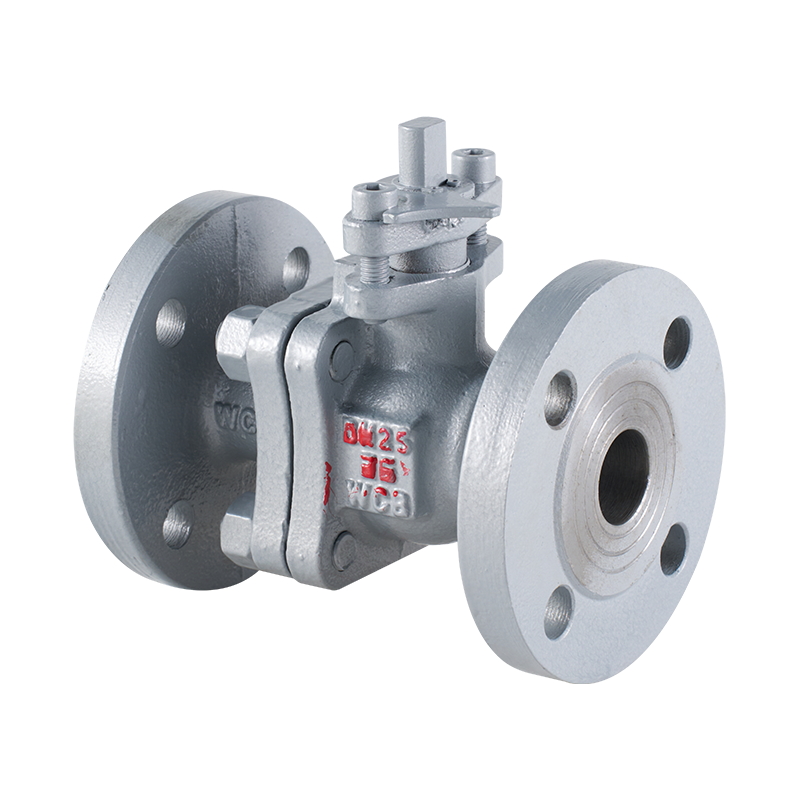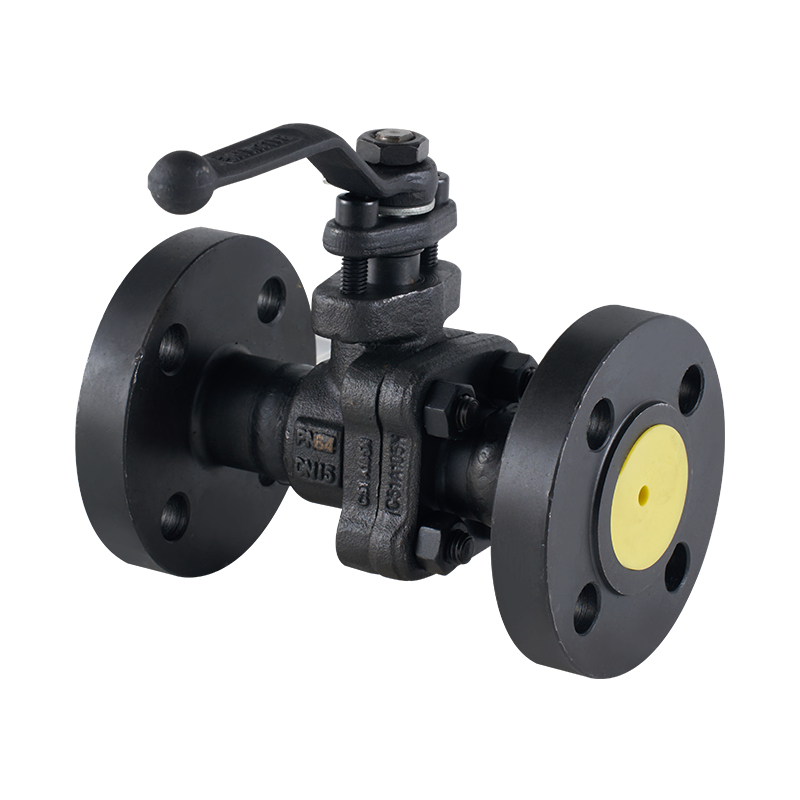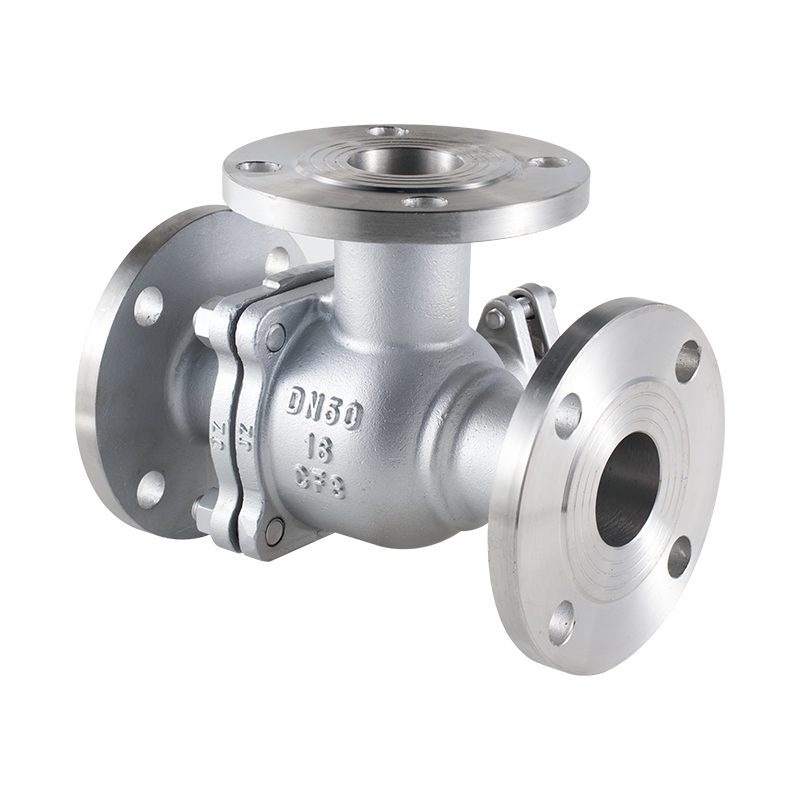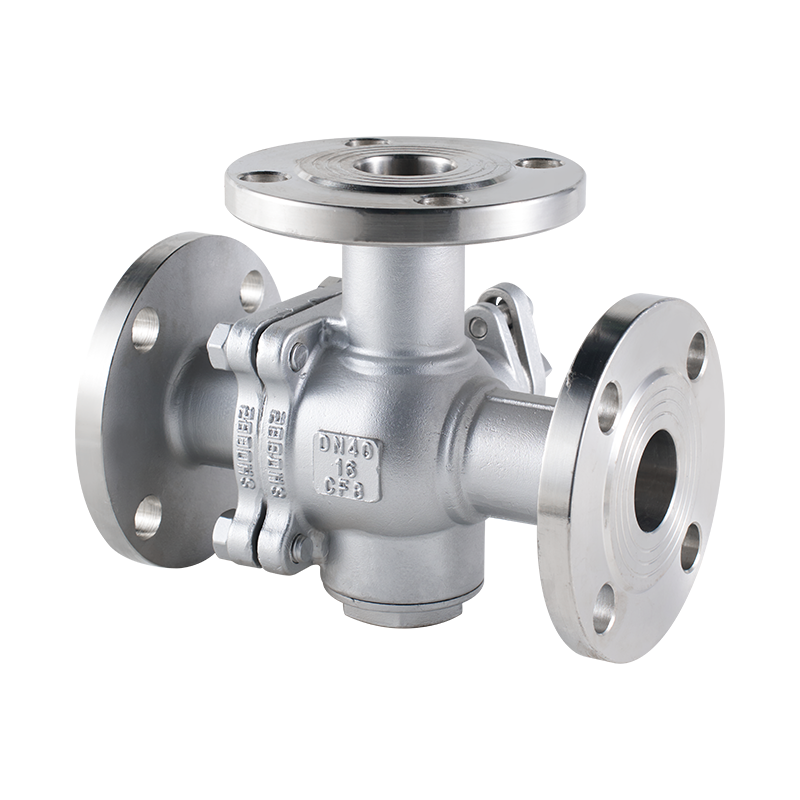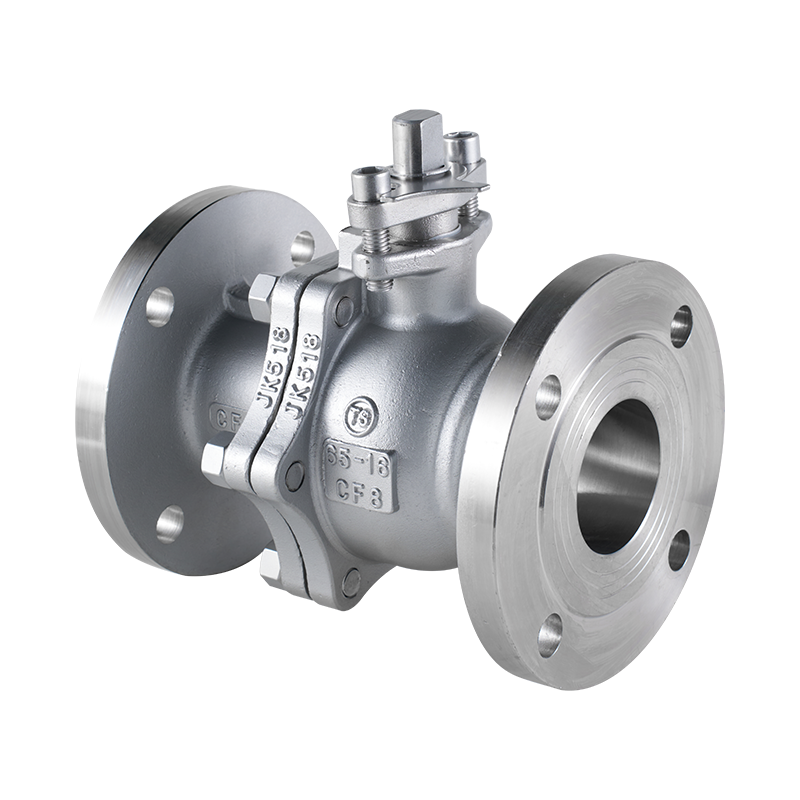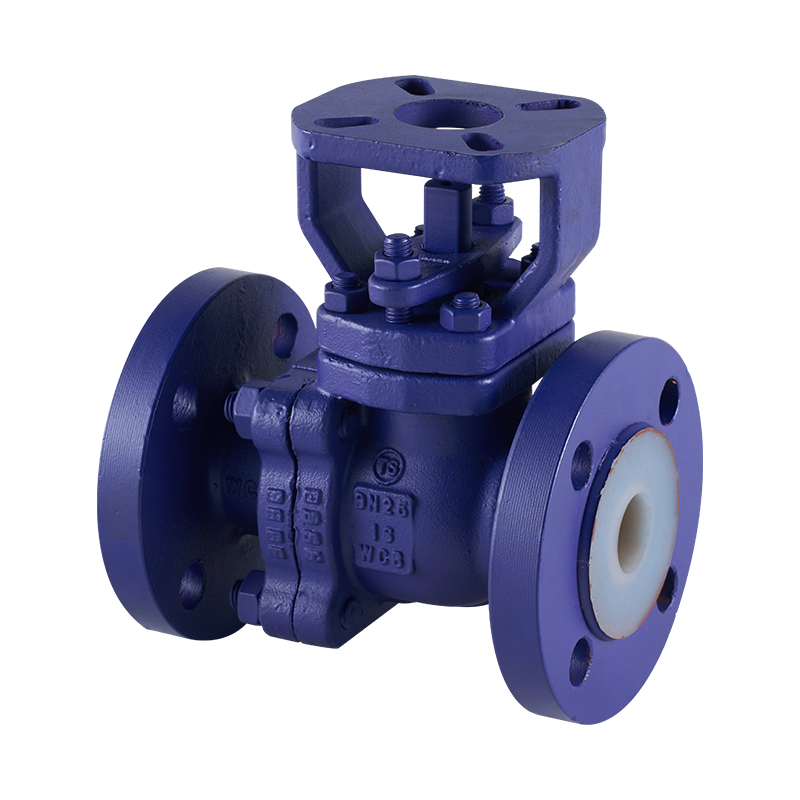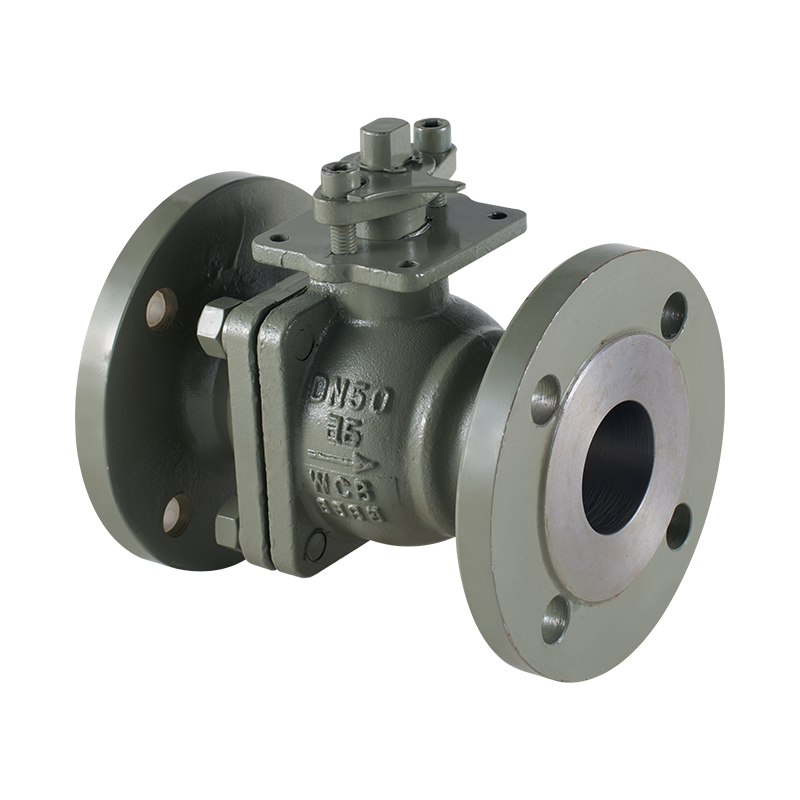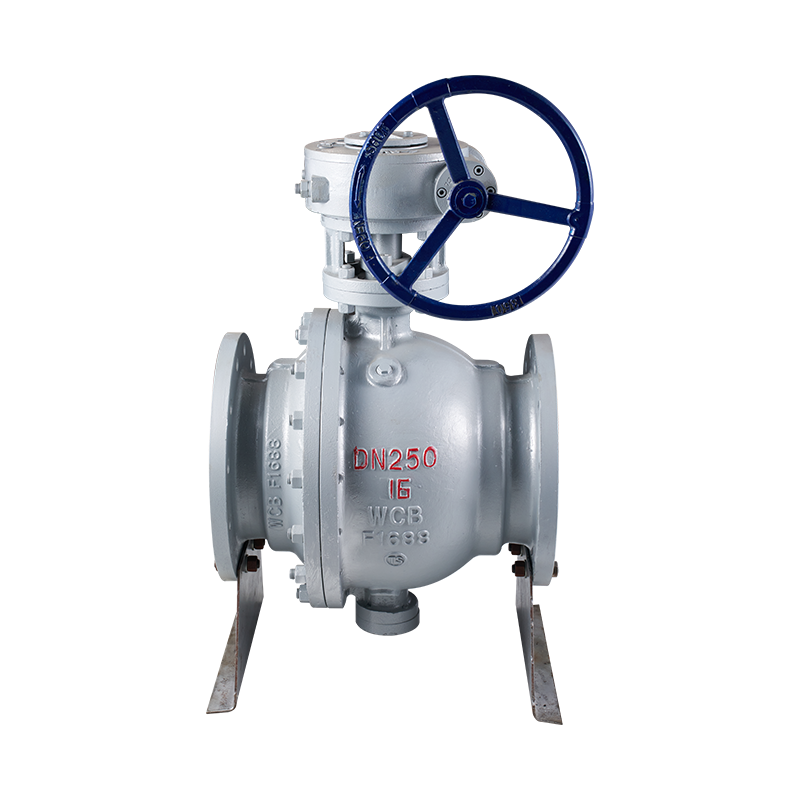Carbon steel ball valves with brackets are widely used in industrial applications due to their strength, durability, and versatility. The valve body material plays a crucial role in determining the valve's performance, resistance to corrosion, and suitability for different operating environments. When selecting a carbon steel ball valve with bracket, it's important to understand the various body material options available to ensure performance and longevity.
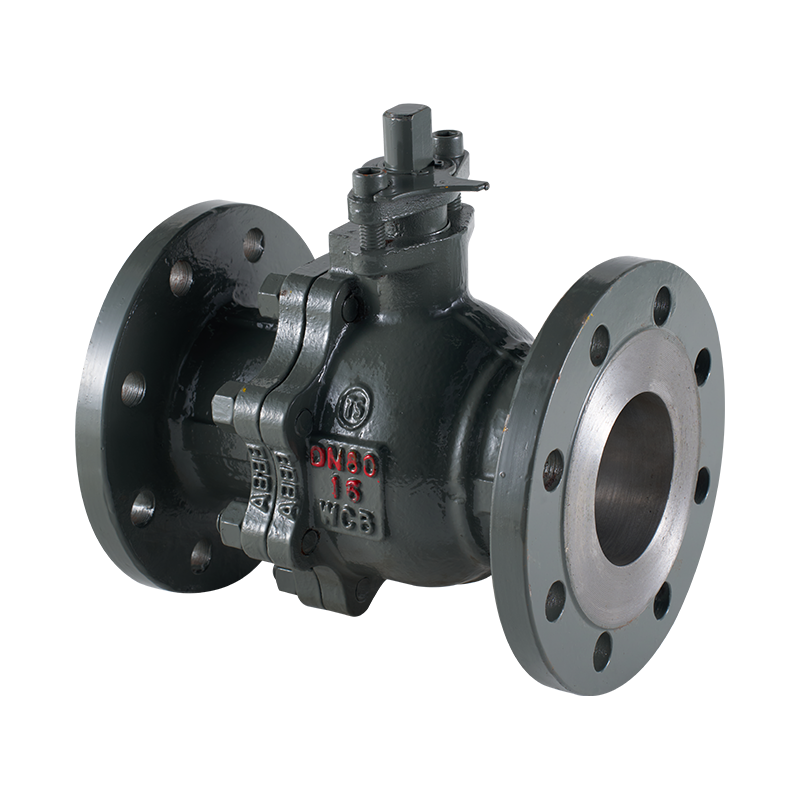
The common material used for the body of carbon steel ball valves is carbon steel itself, typically designated as ASTM A216 WCB (Wrought Carbon Steel Ball Valve). Carbon steel offers a good balance between strength, cost-effectiveness, and durability. It performs well under high-pressure and moderate-temperature conditions, making it suitable for a variety of applications in industries like oil and gas, water treatment, and chemical processing.
In addition to the standard carbon steel body, there are other options that can be selected based on the specific needs of the application. For example, some valves are made from low-alloy steels, which offer better performance in high-temperature environments. Materials like ASTM A350 LF2 are designed for use in higher-pressure systems where added toughness and strength are required. These alloys provide enhanced performance in environments where the system experiences thermal cycling, shock, and vibration.
For applications where corrosion resistance is crucial, the carbon steel valve body may be coated with materials such as epoxy or paint. These coatings act as a barrier to moisture, preventing rust and corrosion from forming on the surface of the valve. Alternatively, stainless steel may be used for applications involving aggressive chemicals or environments with high humidity. Stainless steel bodies provide better corrosion resistance but come at a higher cost than standard carbon steel options.
High pressure ballcocks are essential components in water distribution systems, especially in applications where controlling the water supply under high pressure is critical. These ballcocks, typically used in industrial, municipal, and residential systems, must be designed to withstand elevated pressure without compromising their performance. The material of the ball itself plays a significant role in determining how well the valve performs under pressure and how long it lasts in demanding environments.
One of the commonly used materials for the balls of high pressure ballcocks is brass. Brass is a popular choice due to its resistance to corrosion, durability, and relatively low cost. The alloy composition of brass (typically copper and zinc) allows it to perform well in environments that may involve exposure to water or other fluids. Brass balls are well-suited for general-purpose high-pressure applications, such as water supply systems, heating systems, and gas distribution networks. They offer strength and resistance to wear and tear, ensuring reliable operation over time.
Another popular material option for high pressure ballcock balls is stainless steel. Stainless steel is highly resistant to corrosion and oxidation, even in challenging environments where there may be exposure to harsh chemicals, high humidity, or temperatures. Stainless steel balls provide strength and durability, making them ideal for high-pressure applications where long-term reliability is critical. These ball valves can handle higher pressures and more demanding conditions than brass or other materials. Stainless steel is commonly used in systems where the water or fluid being controlled is either aggressive or contains particulates that could wear down other materials.
For some highly specialized applications, such as those in the food and beverage industry or pharmaceutical manufacturing, high-pressure ballcock balls may be made from materials like ceramic or plastics such as PVDF (Polyvinylidene Fluoride). Ceramic balls offer exceptional resistance to abrasion and are highly durable, making them a good choice for systems dealing with abrasive media or requiring very high precision in flow control. PVDF and similar thermoplastic materials are chemically resistant and provide good performance in applications where hygiene is a top priority.

 English
English 中文简体
中文简体


